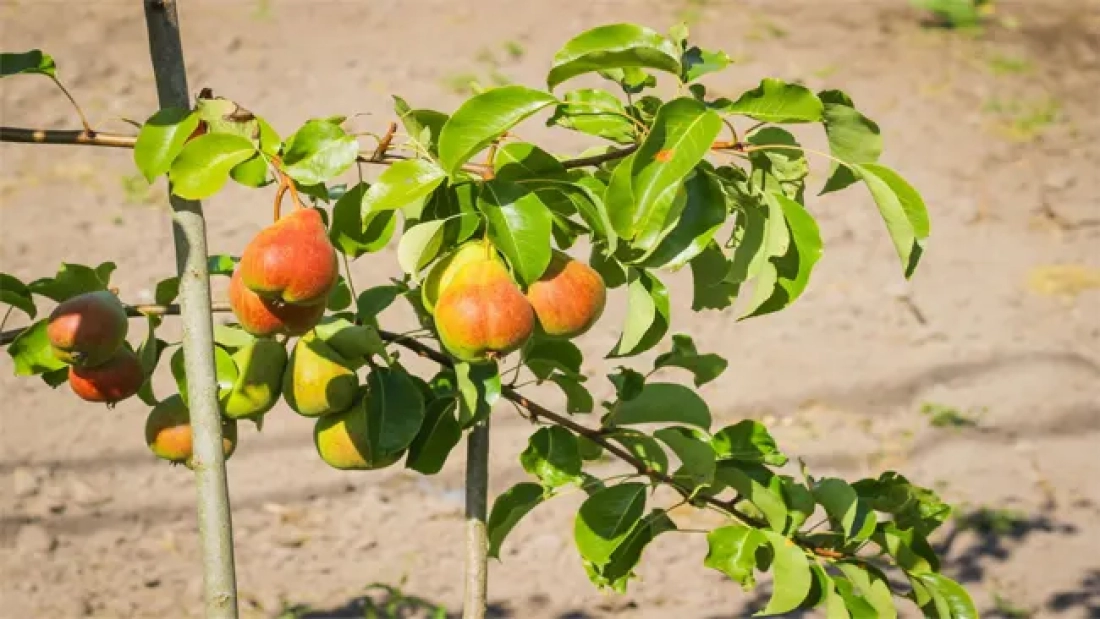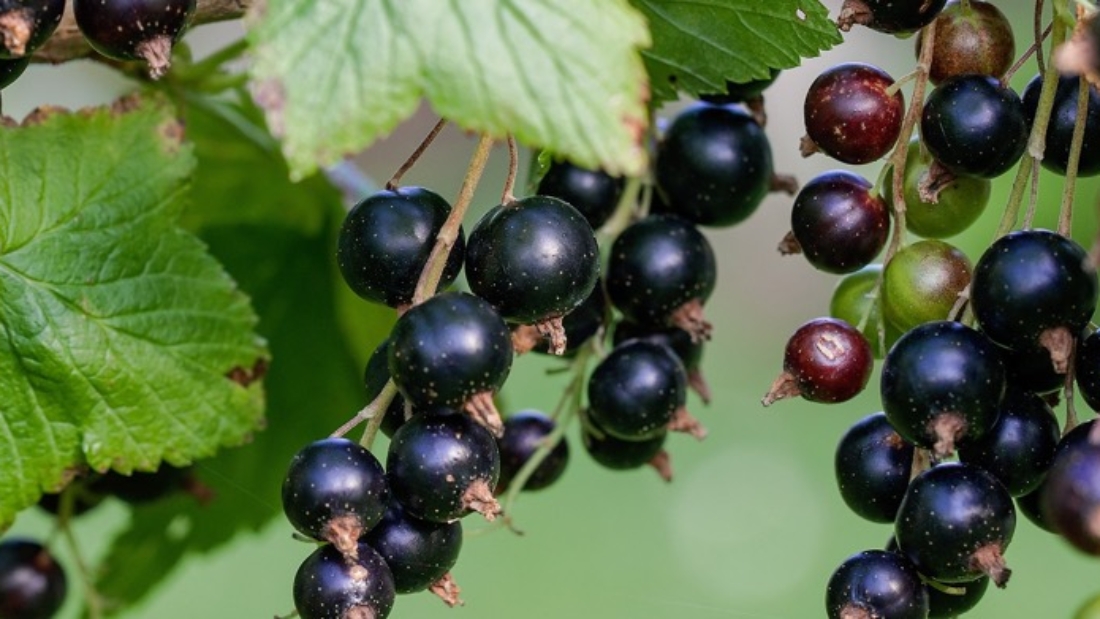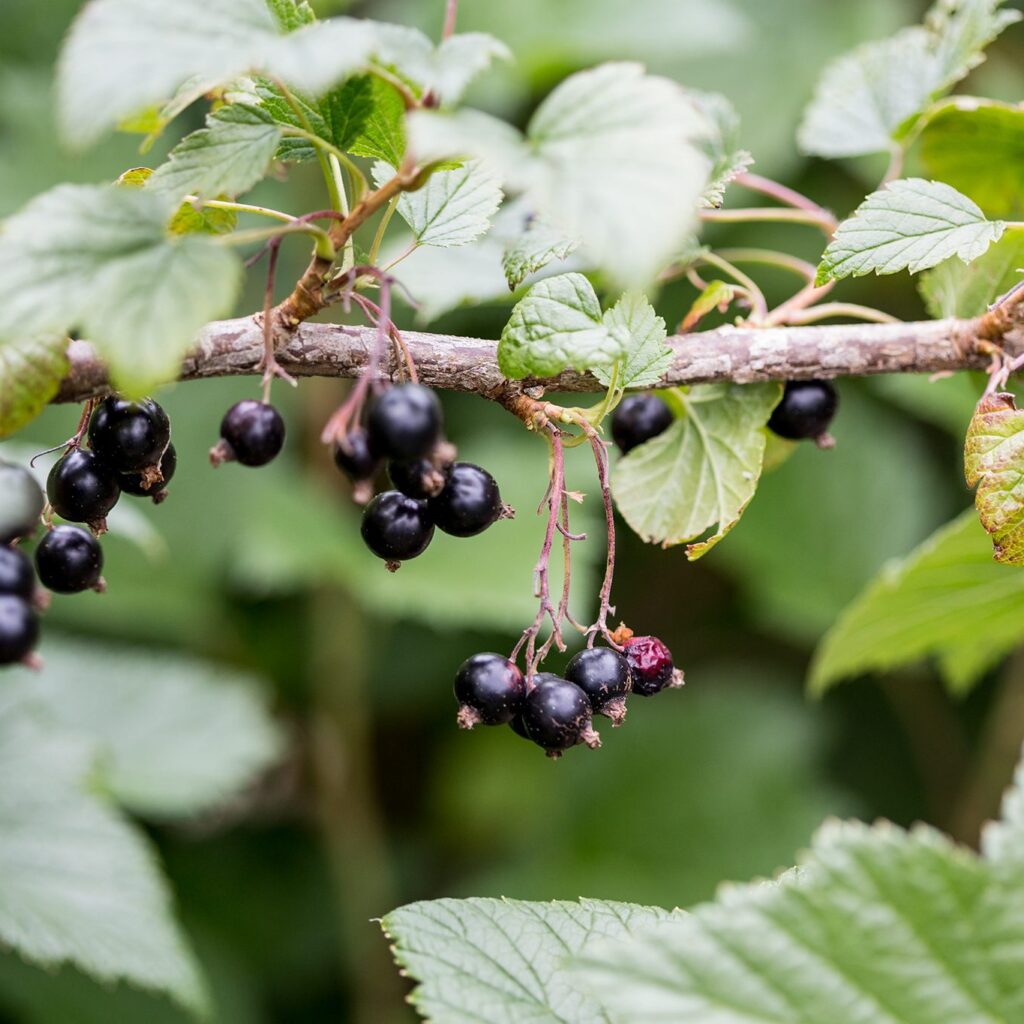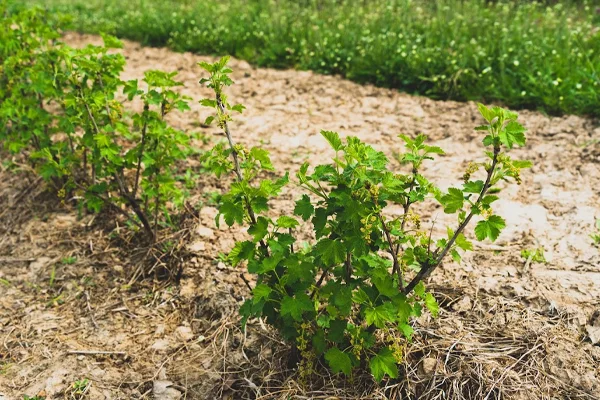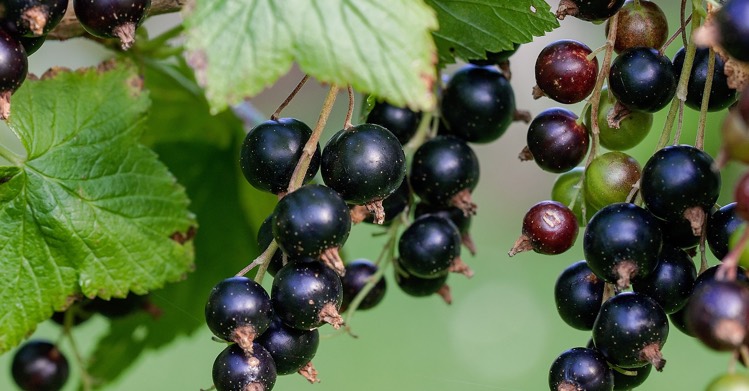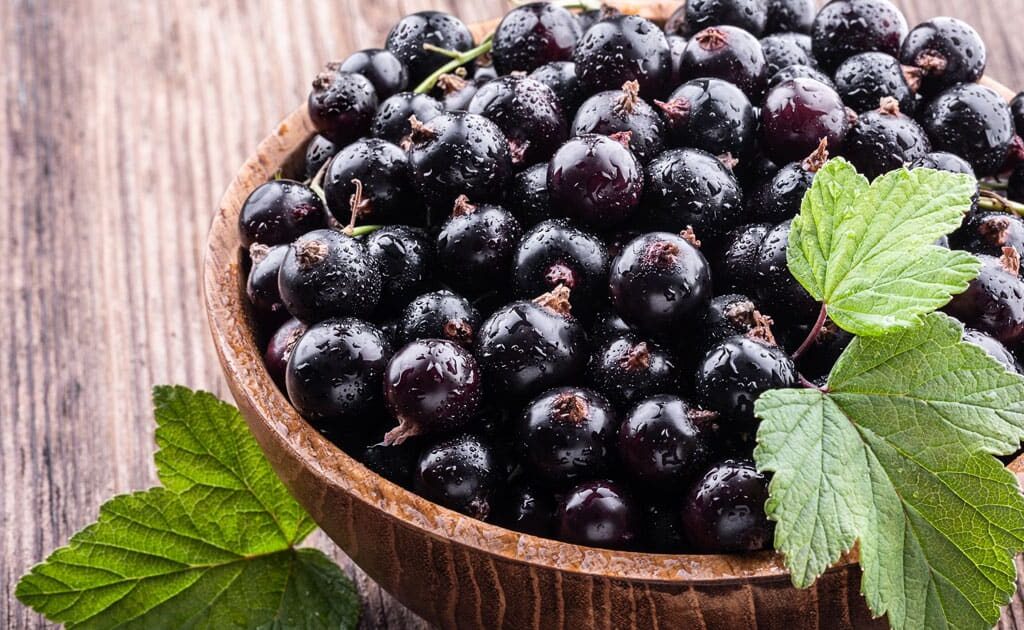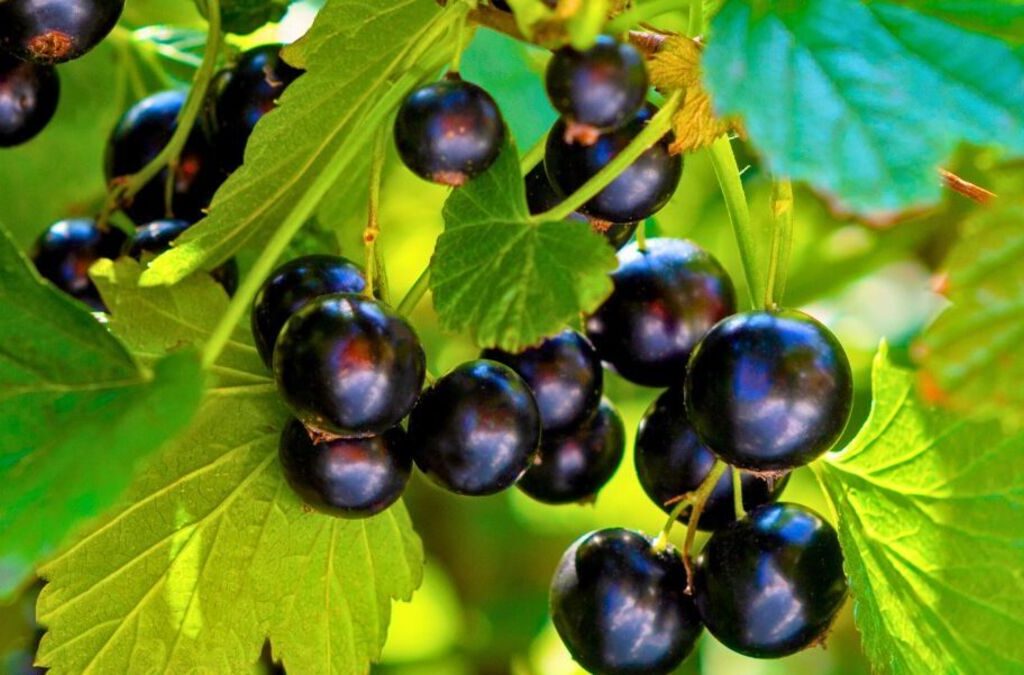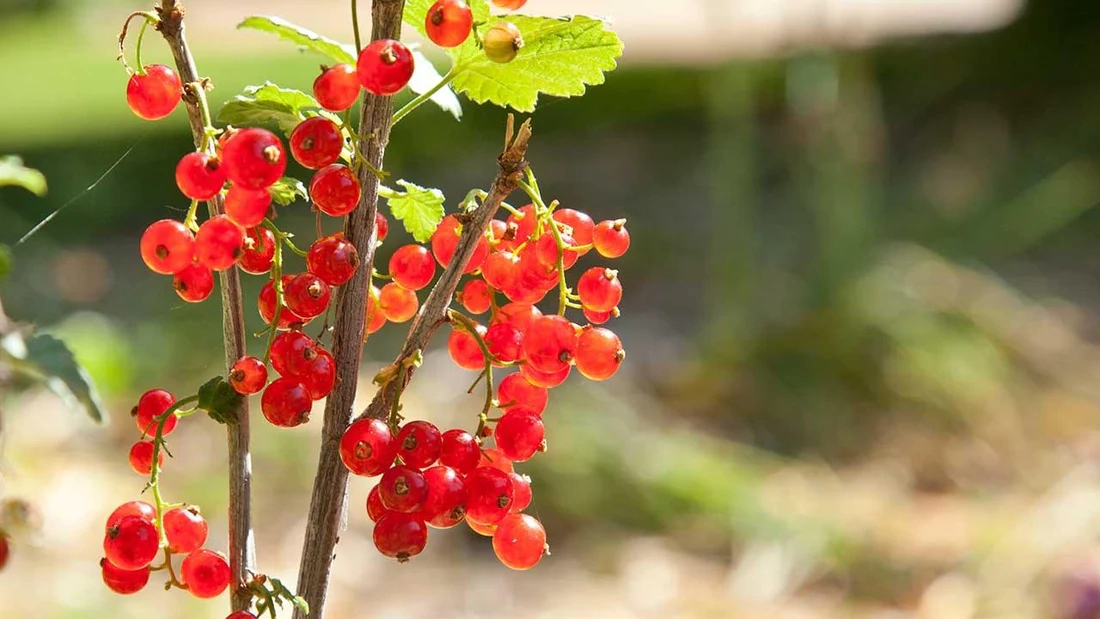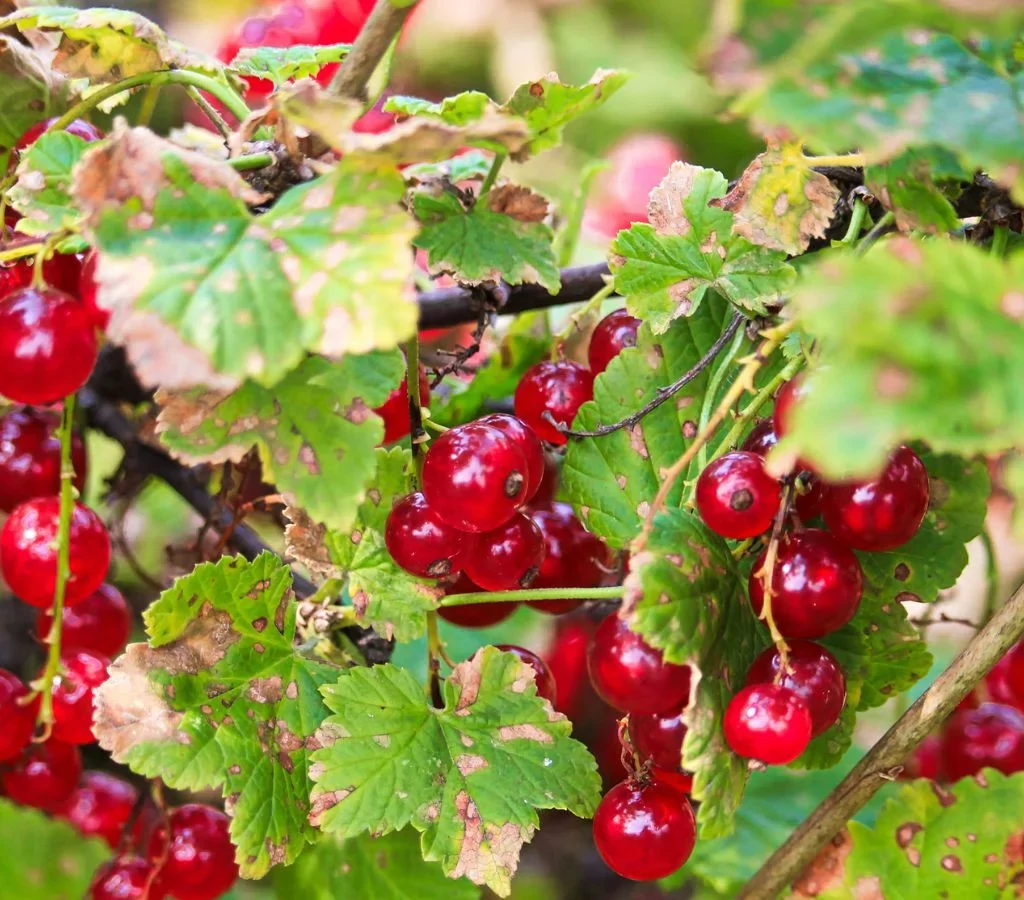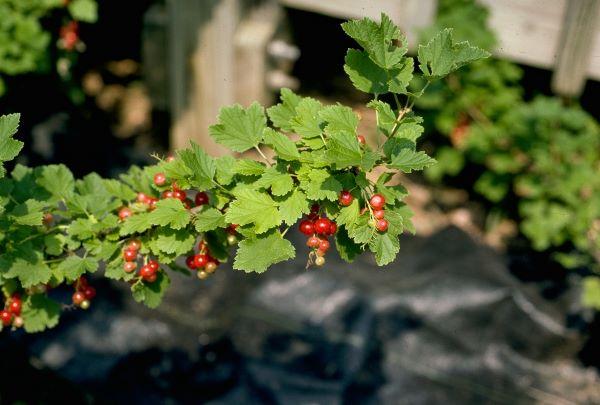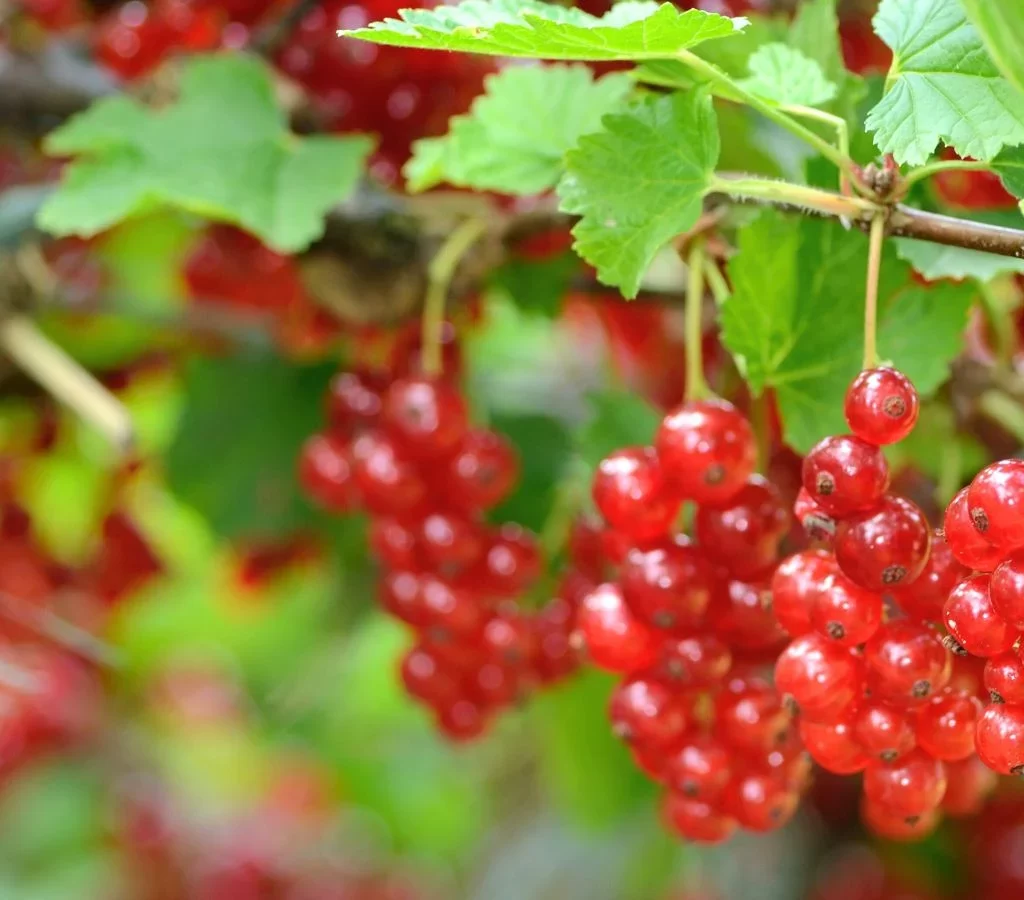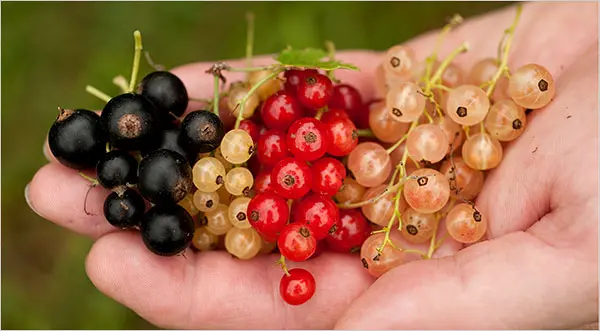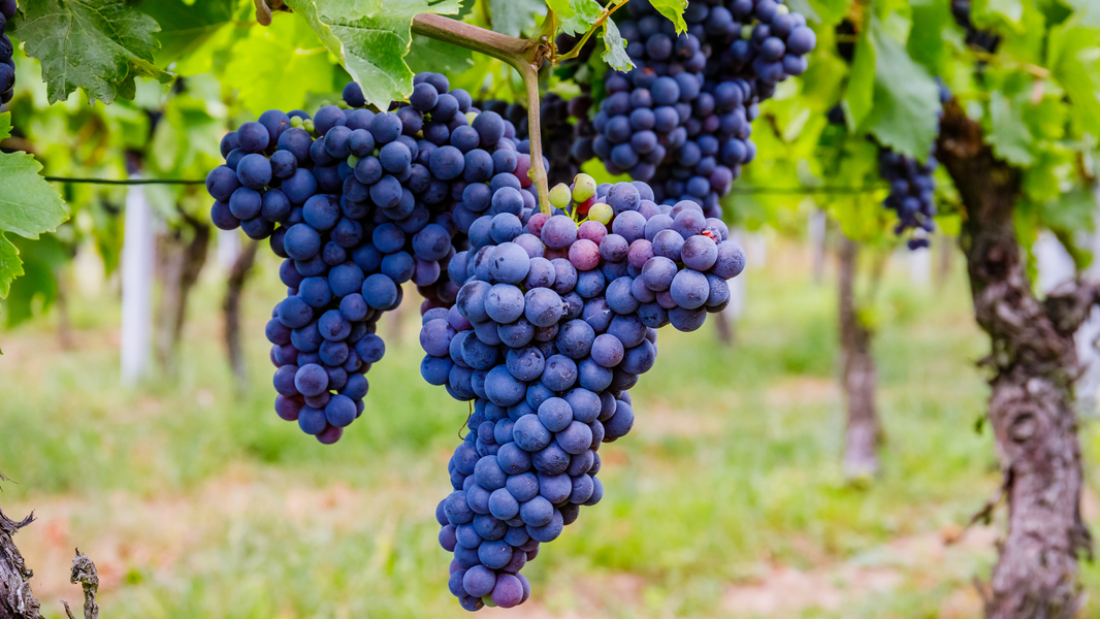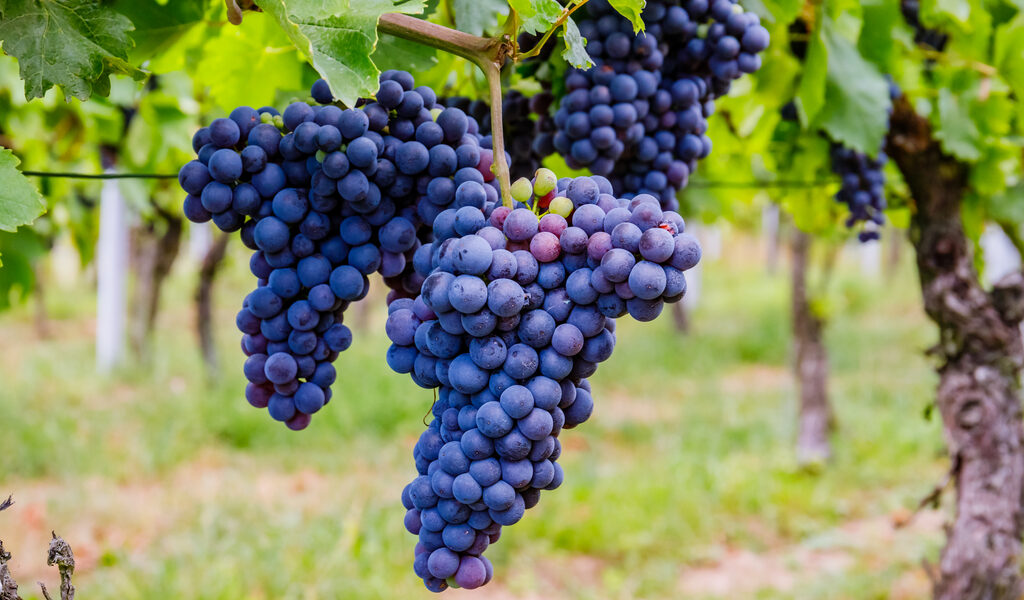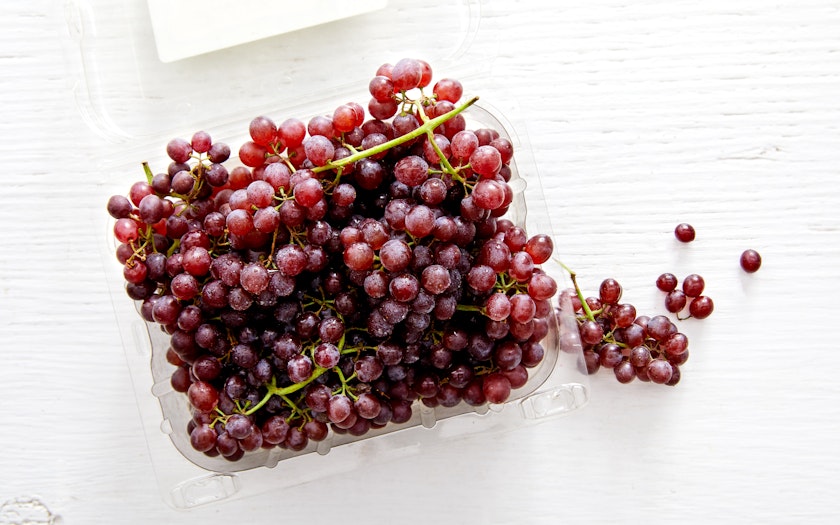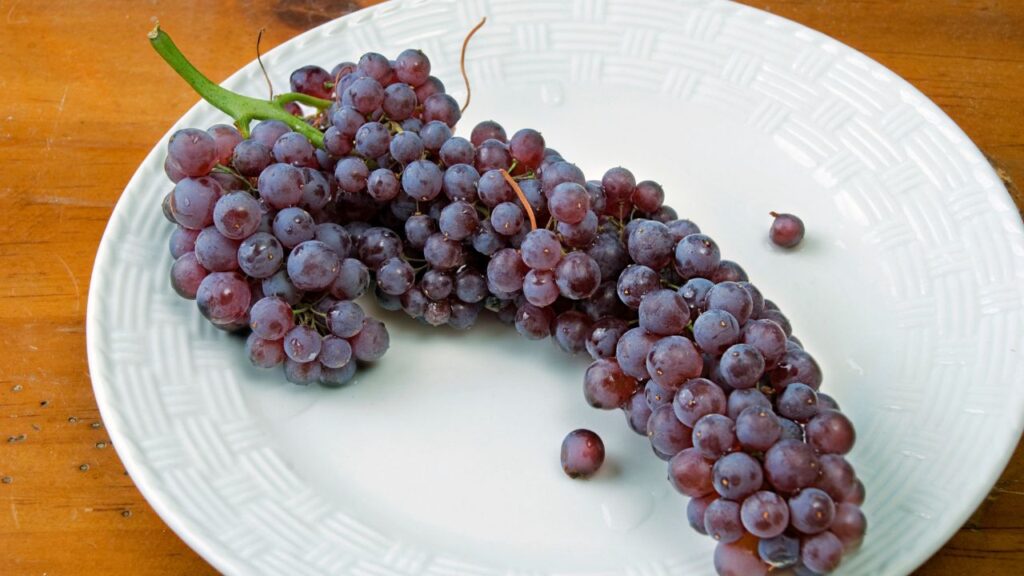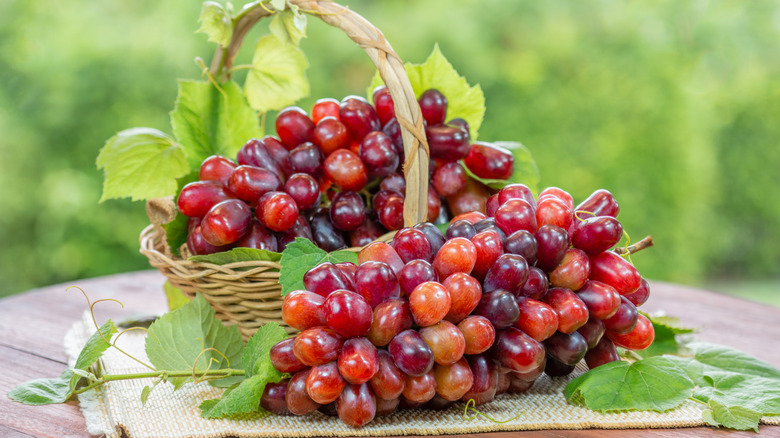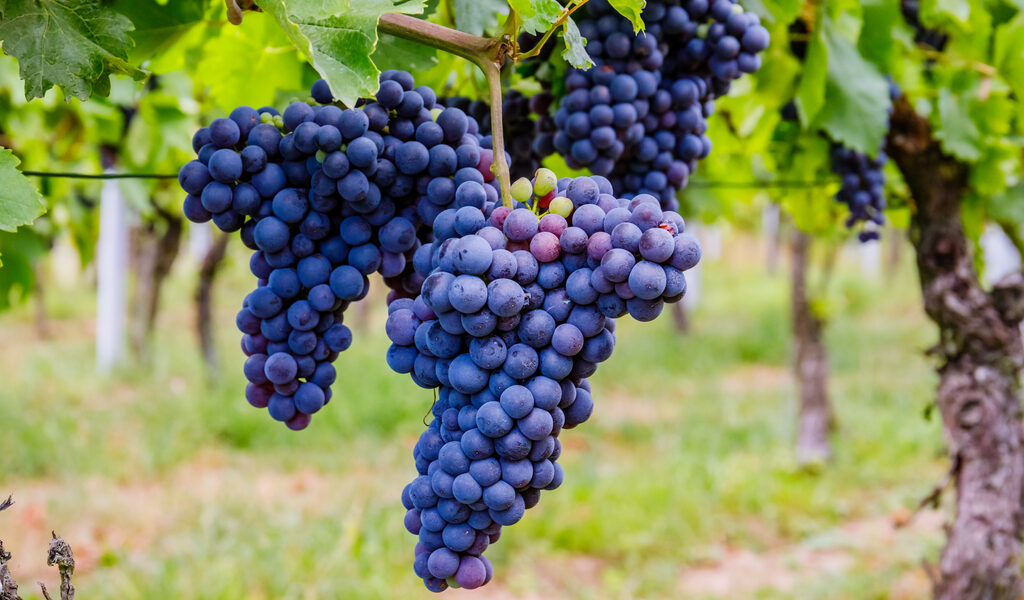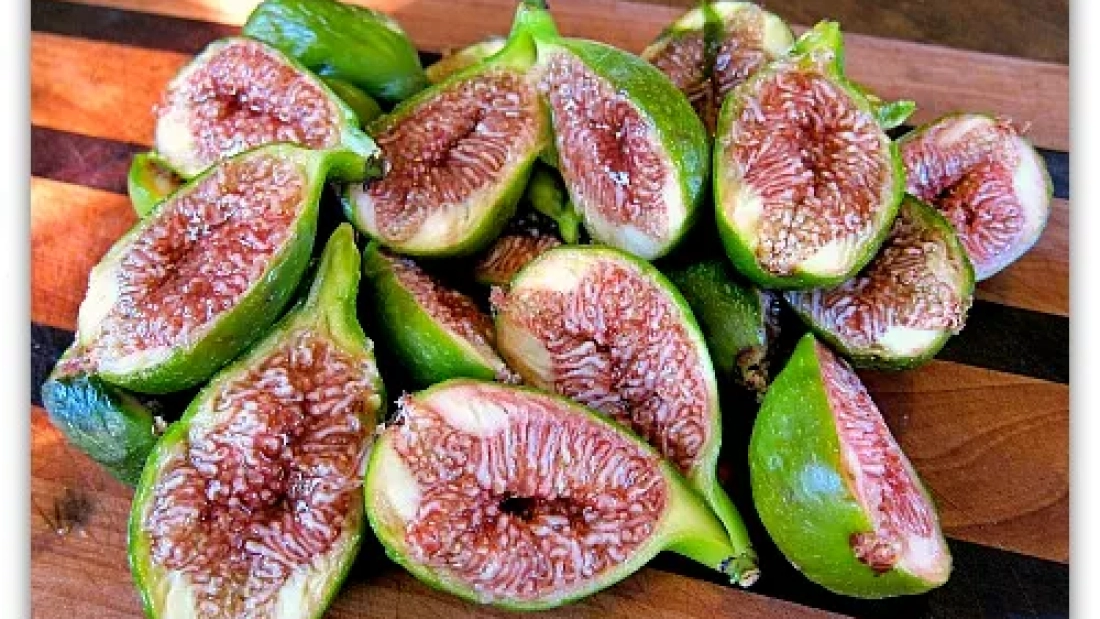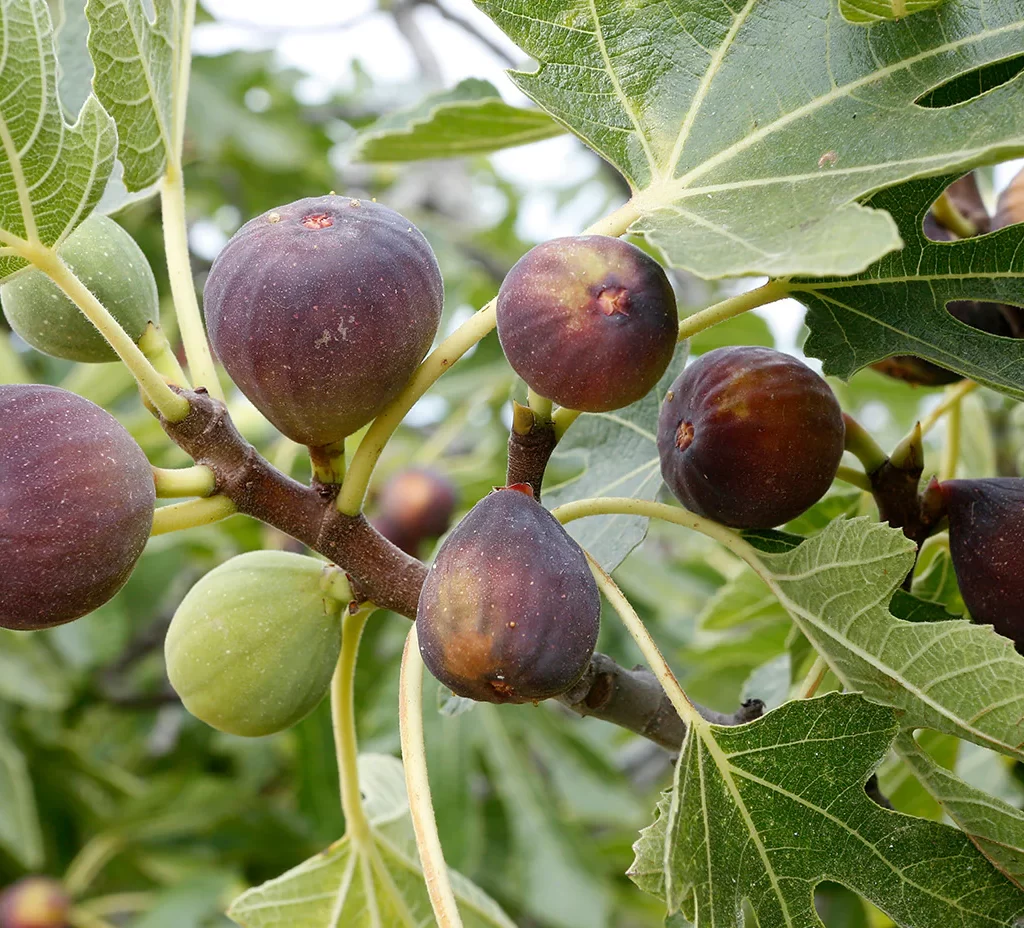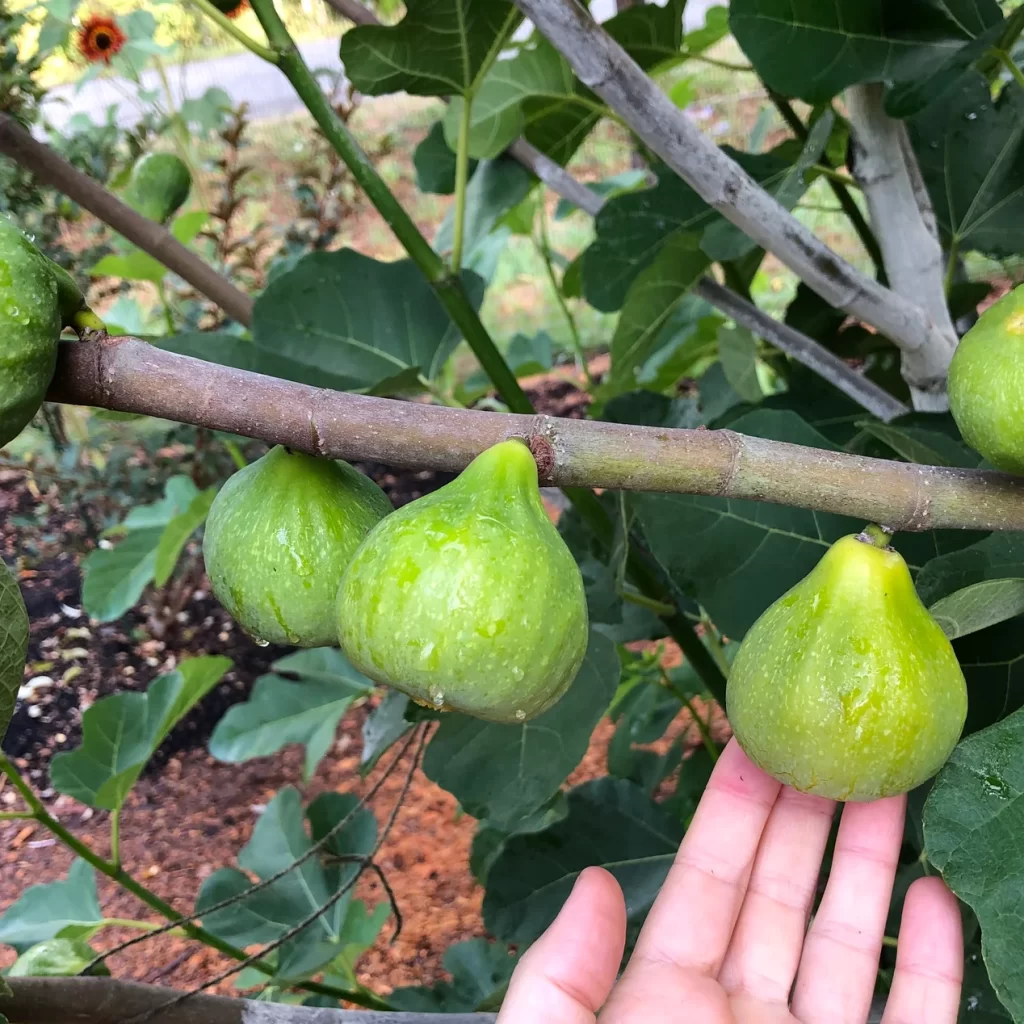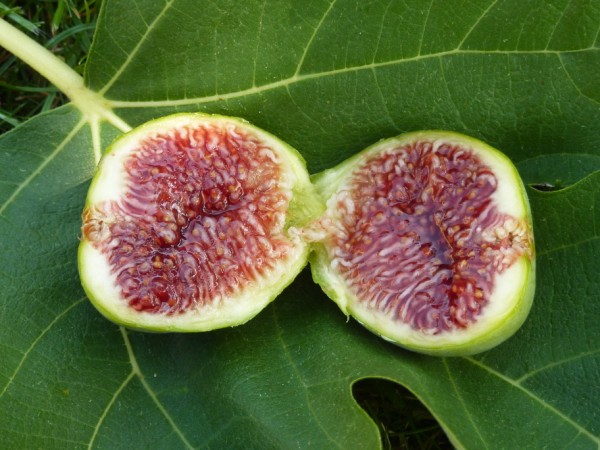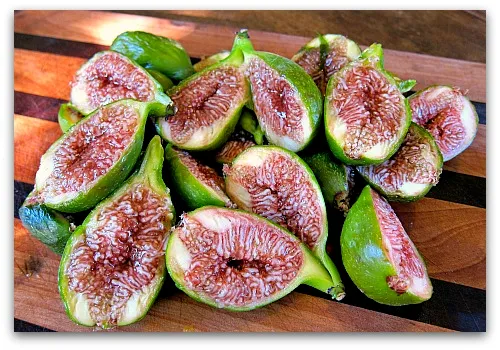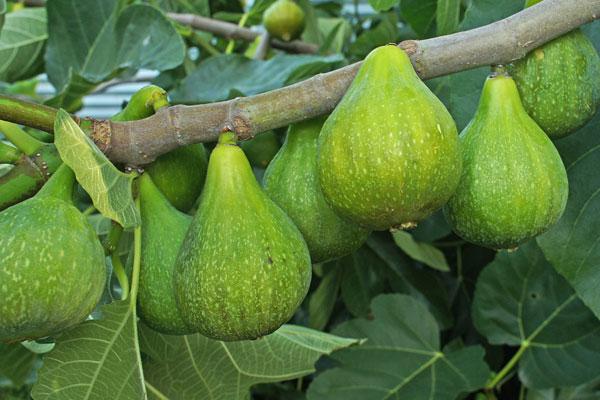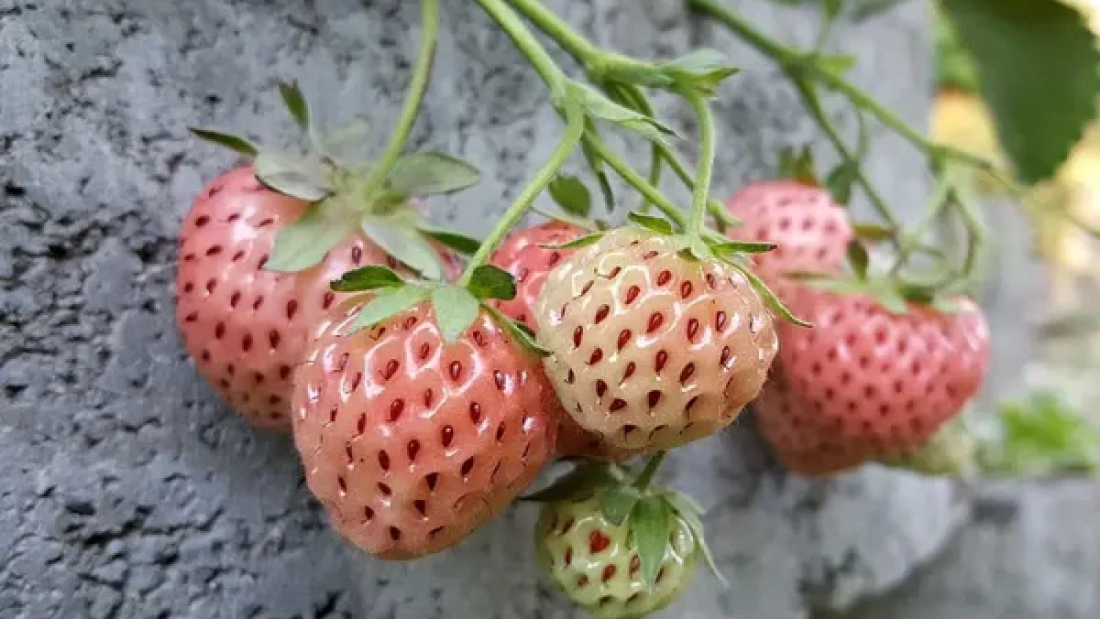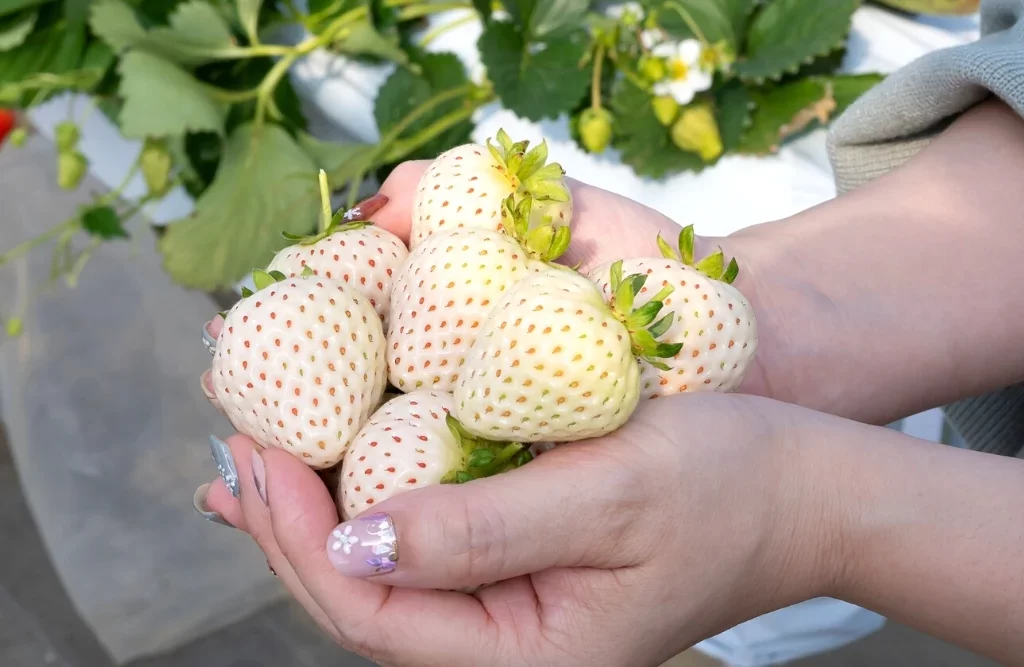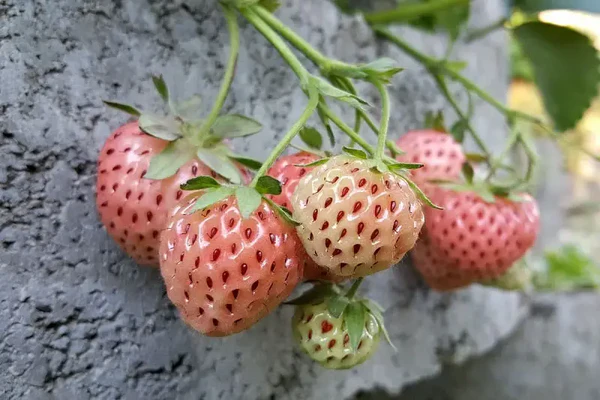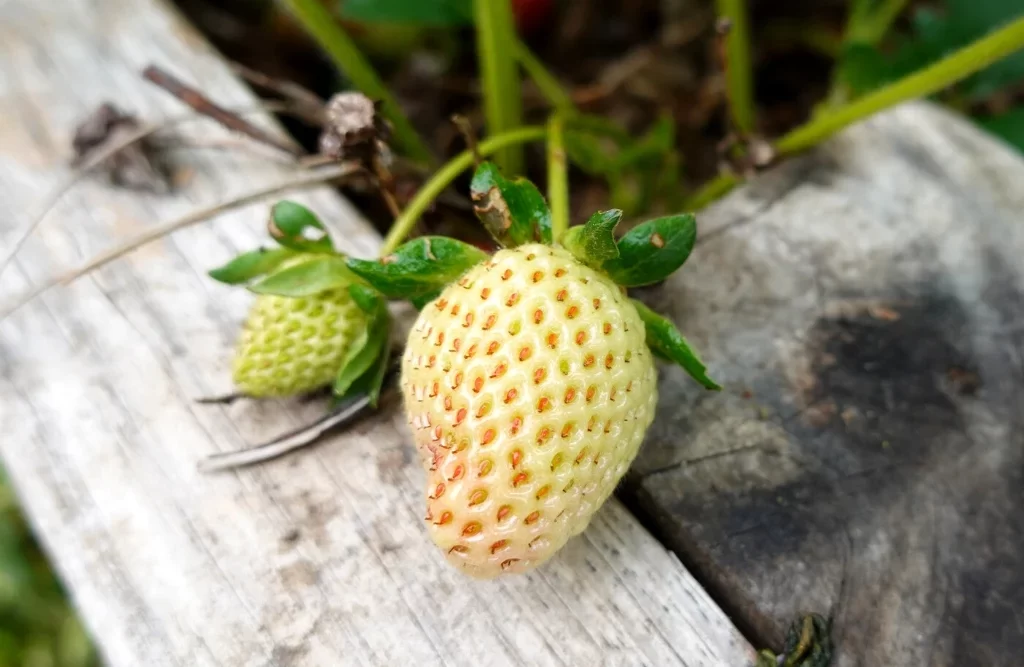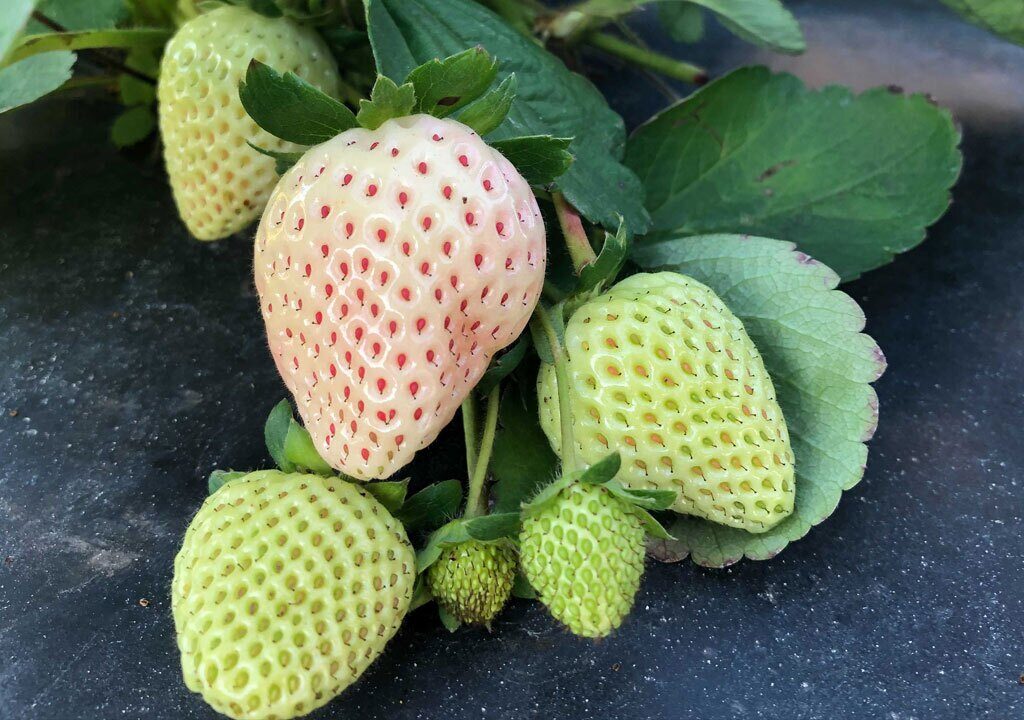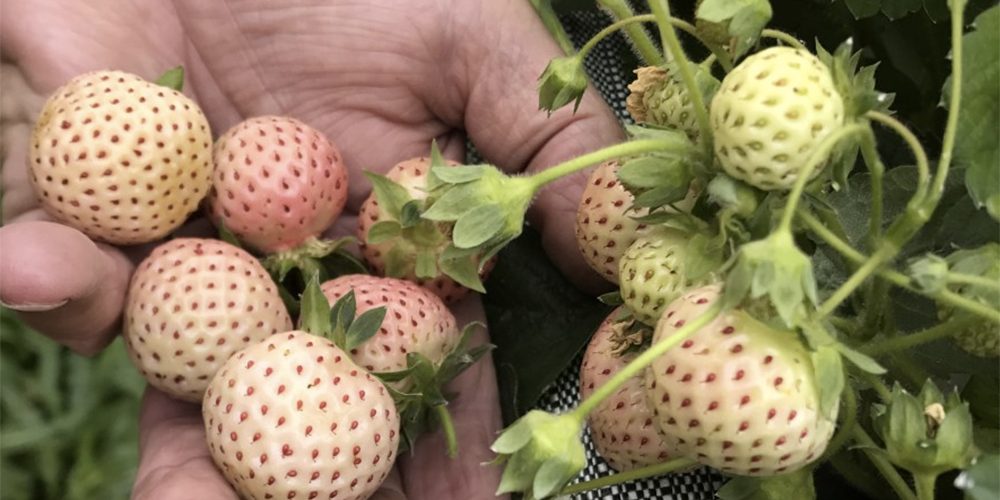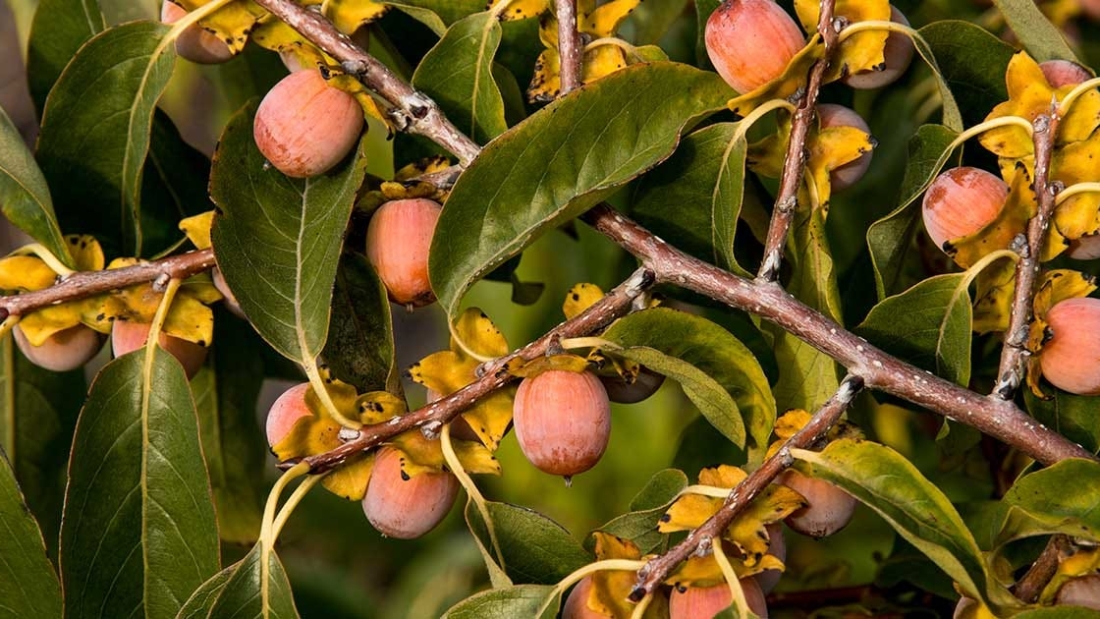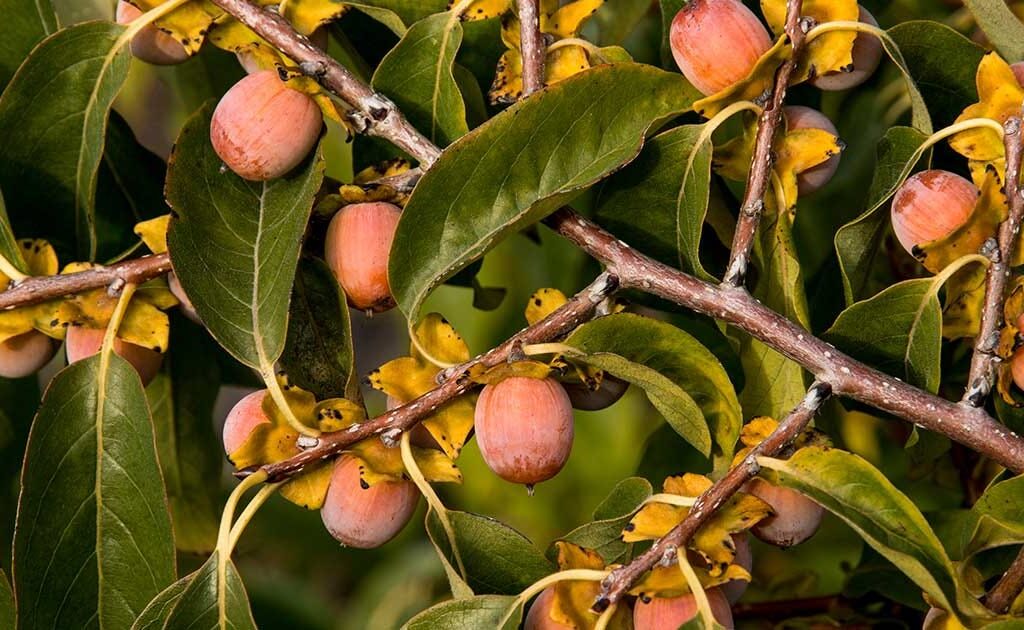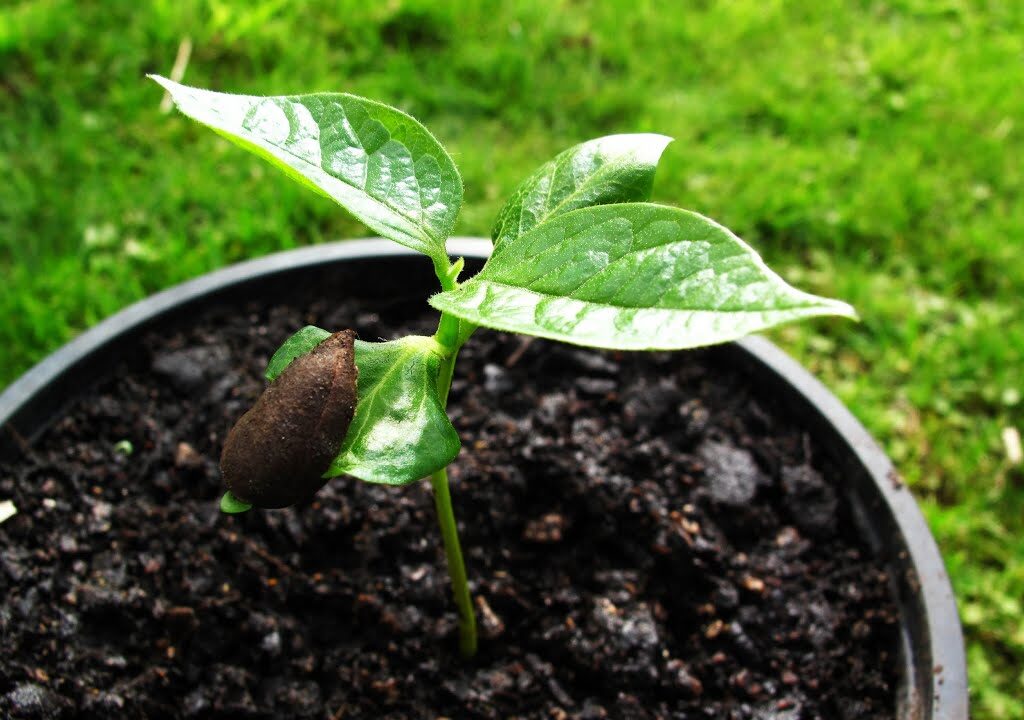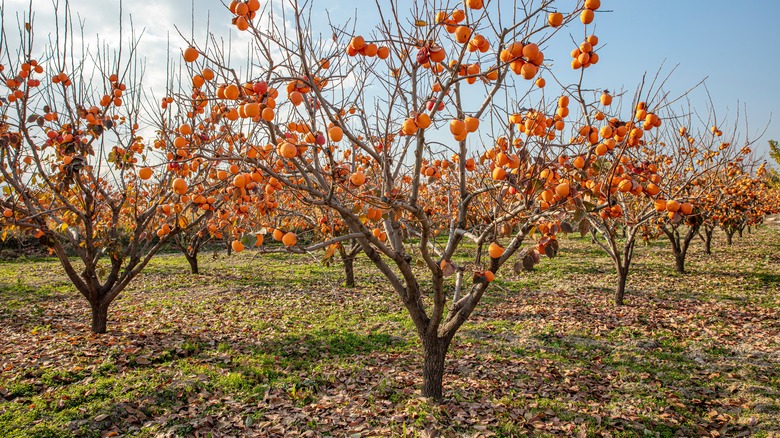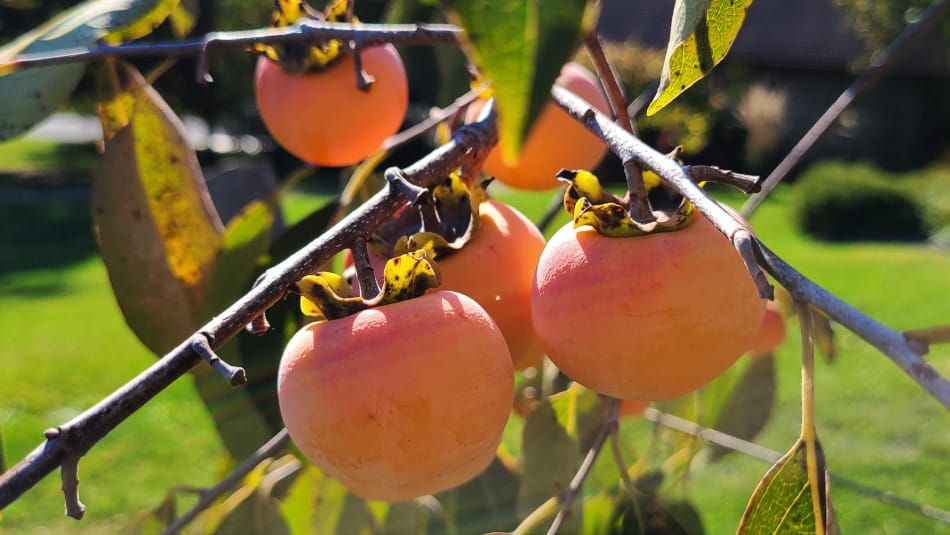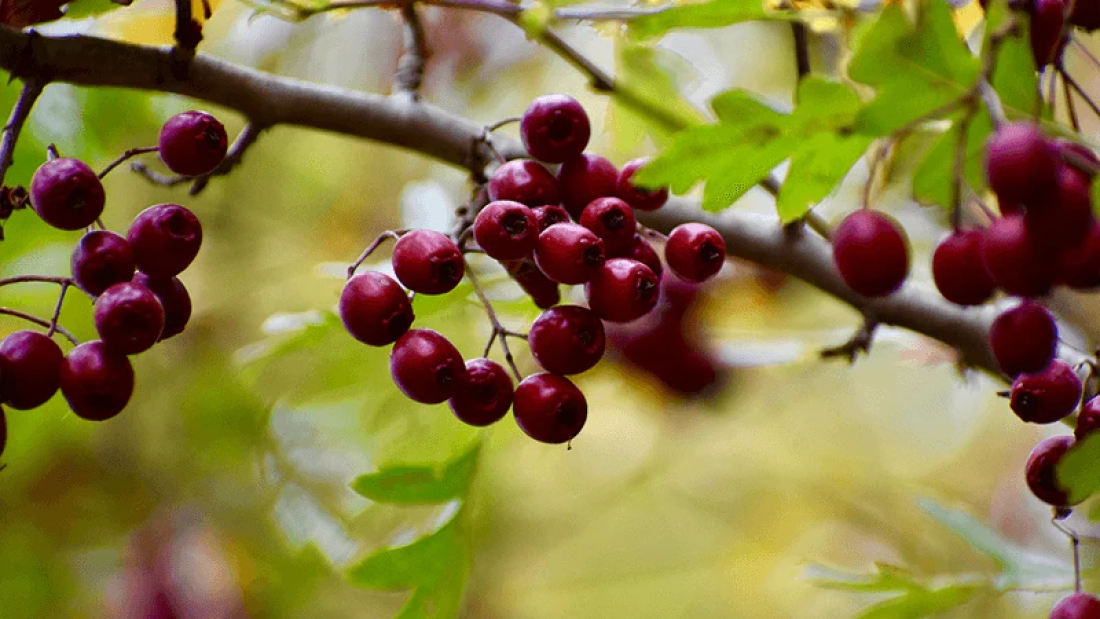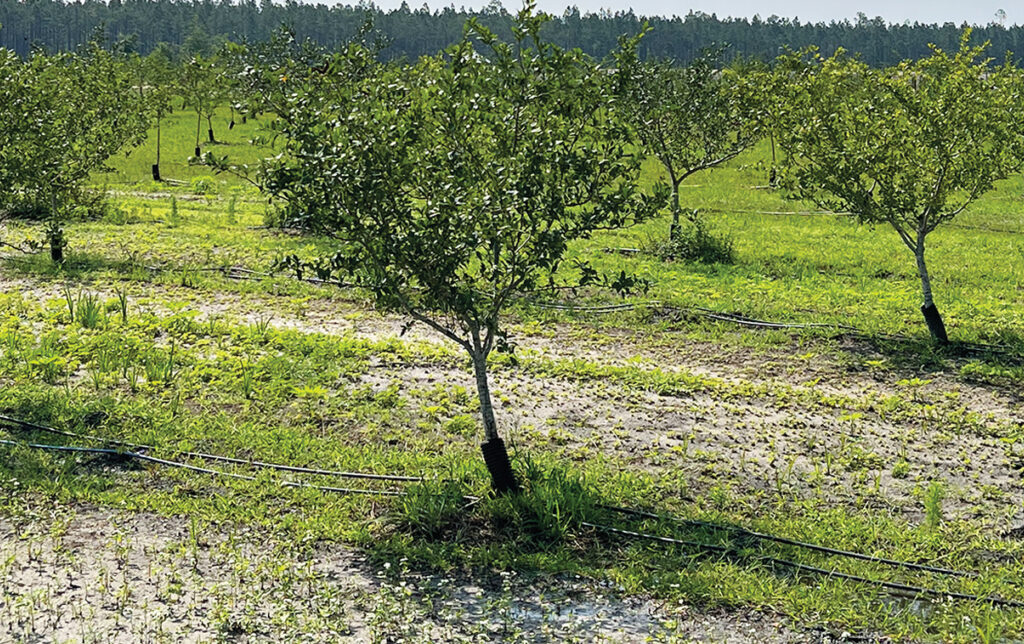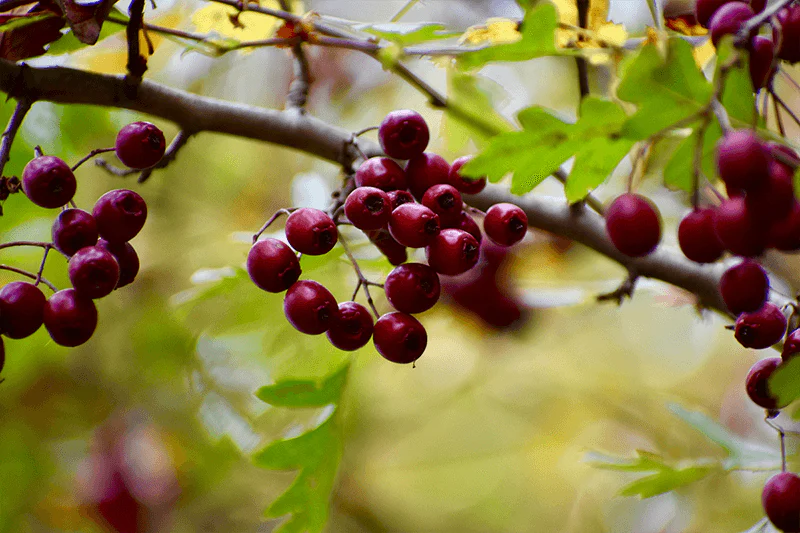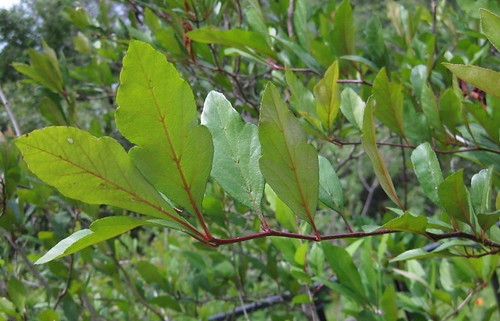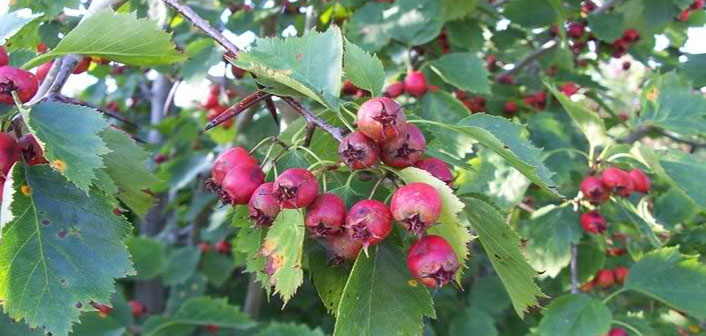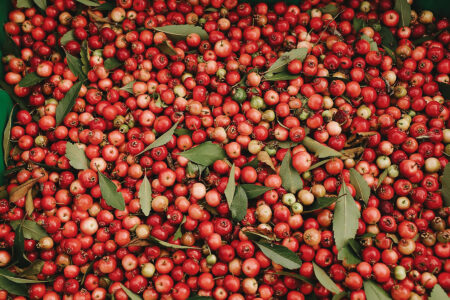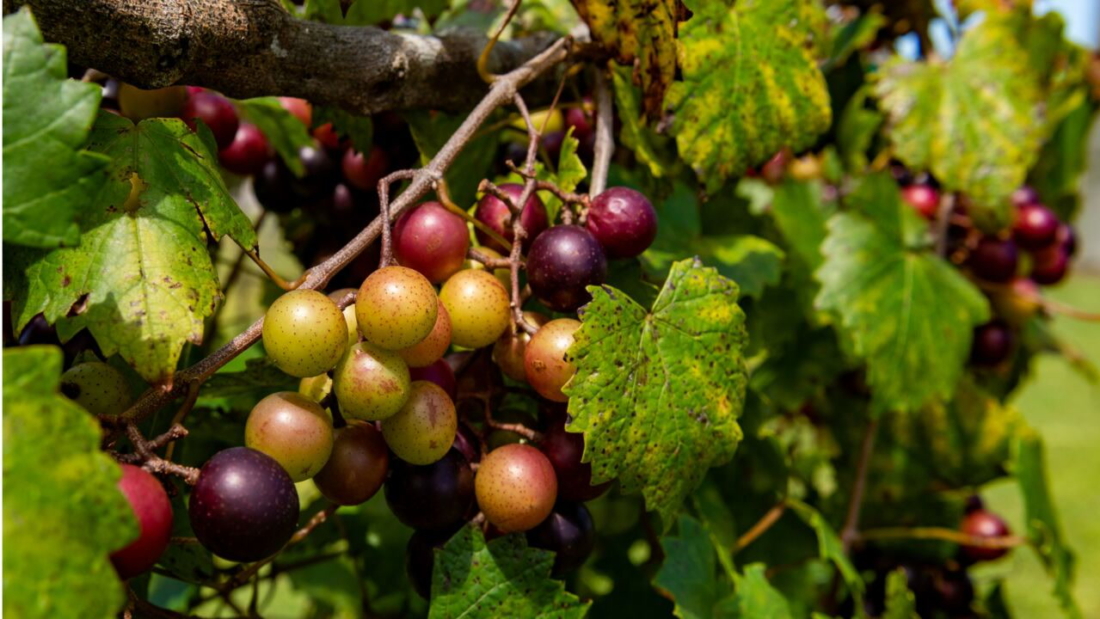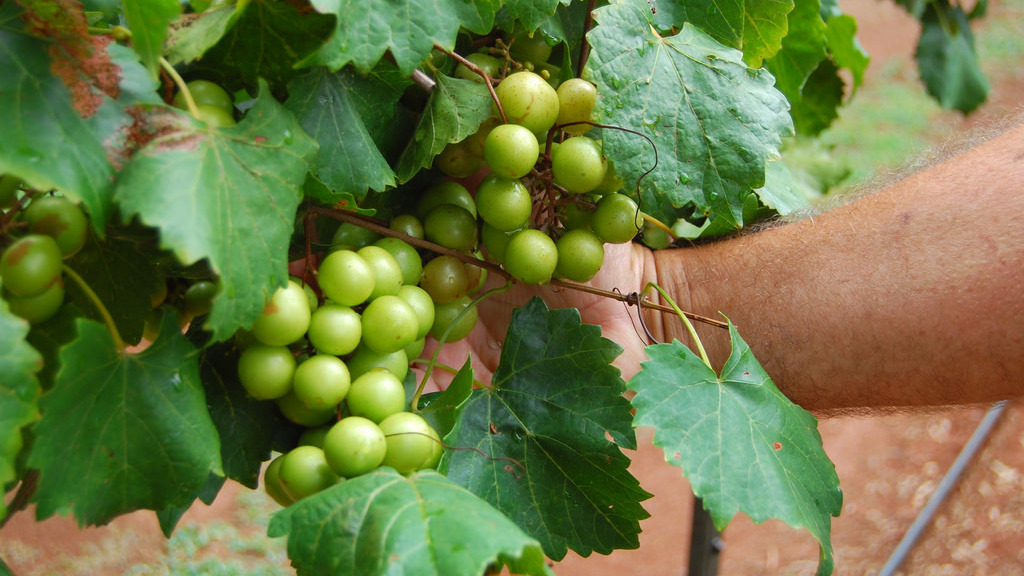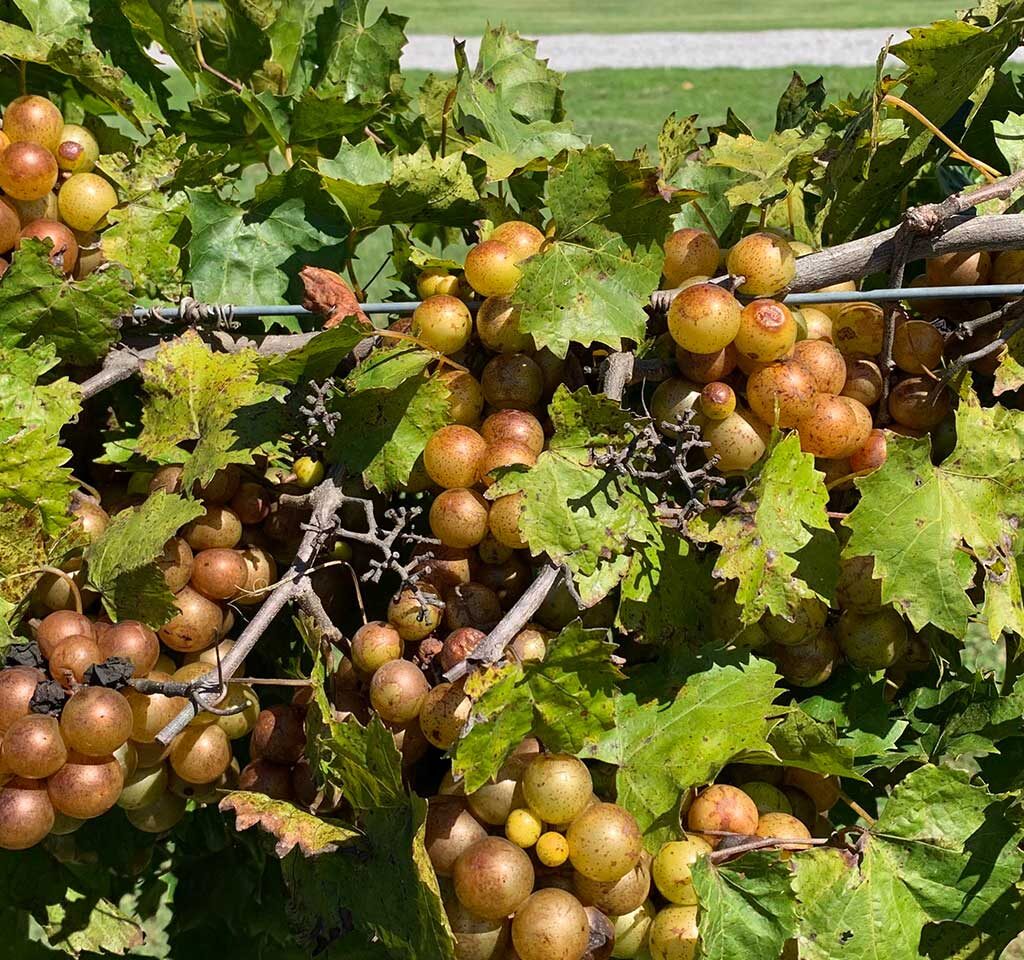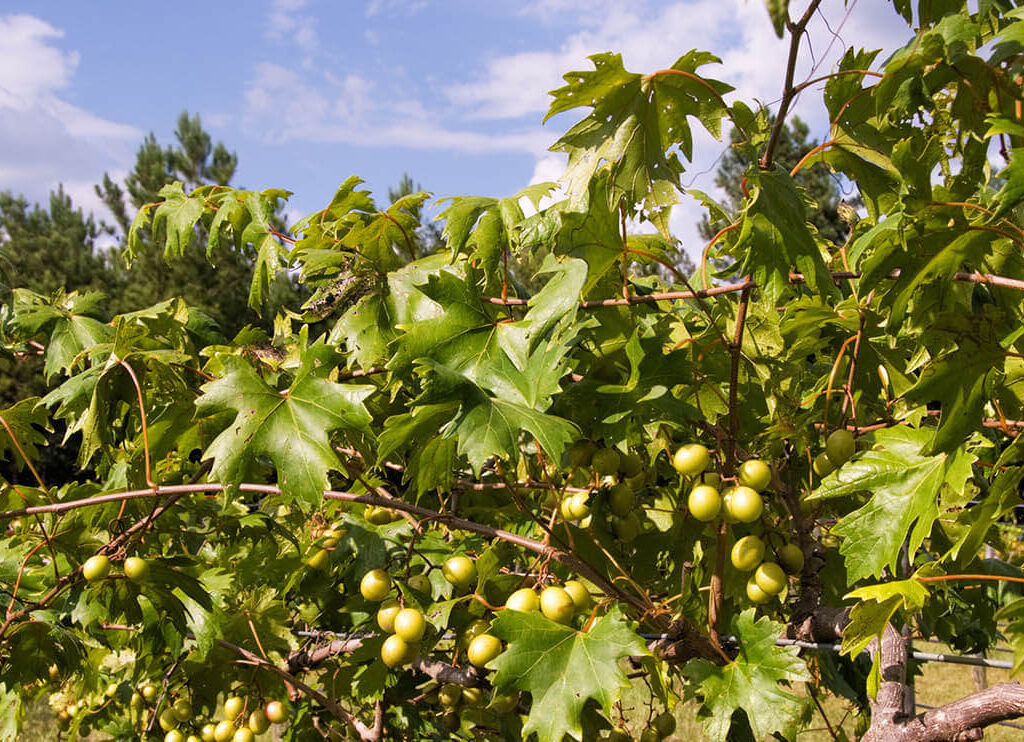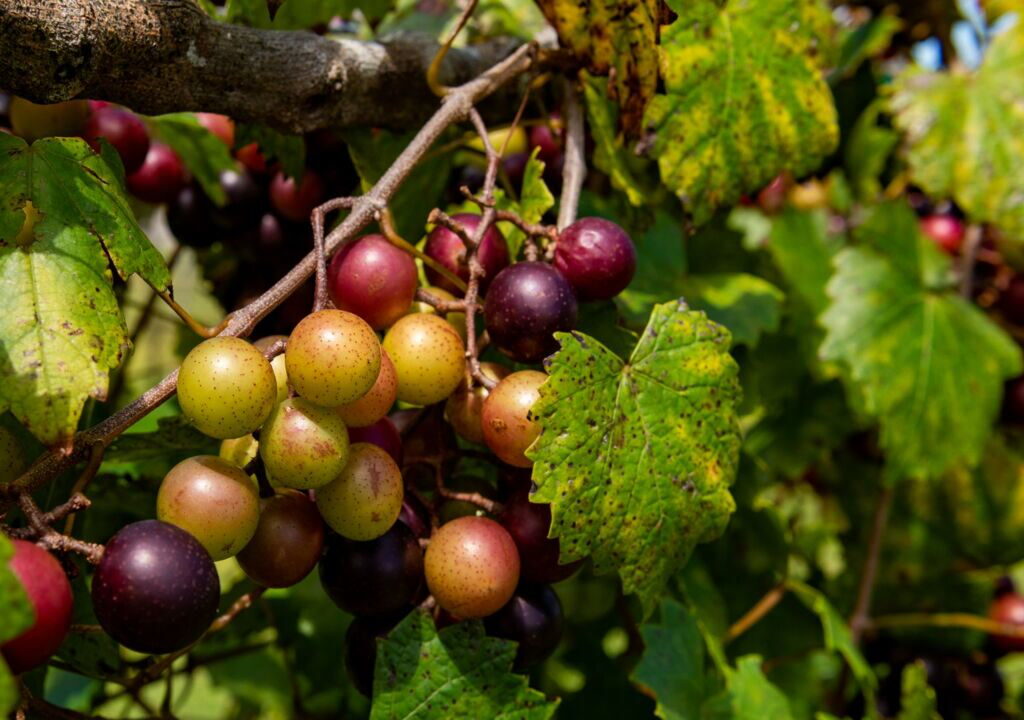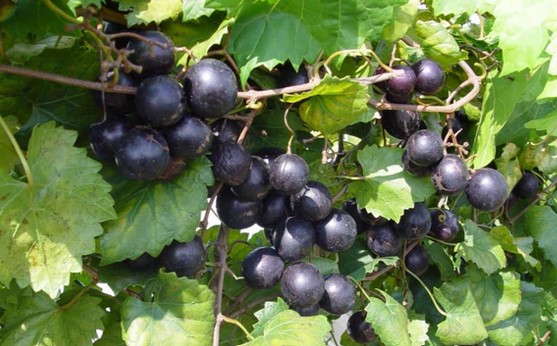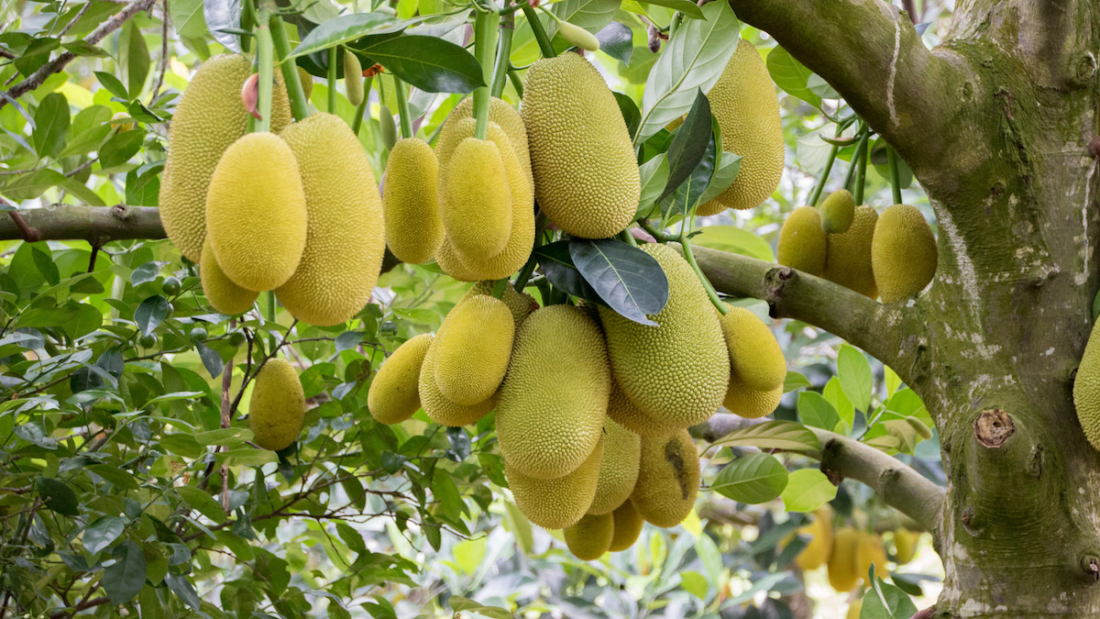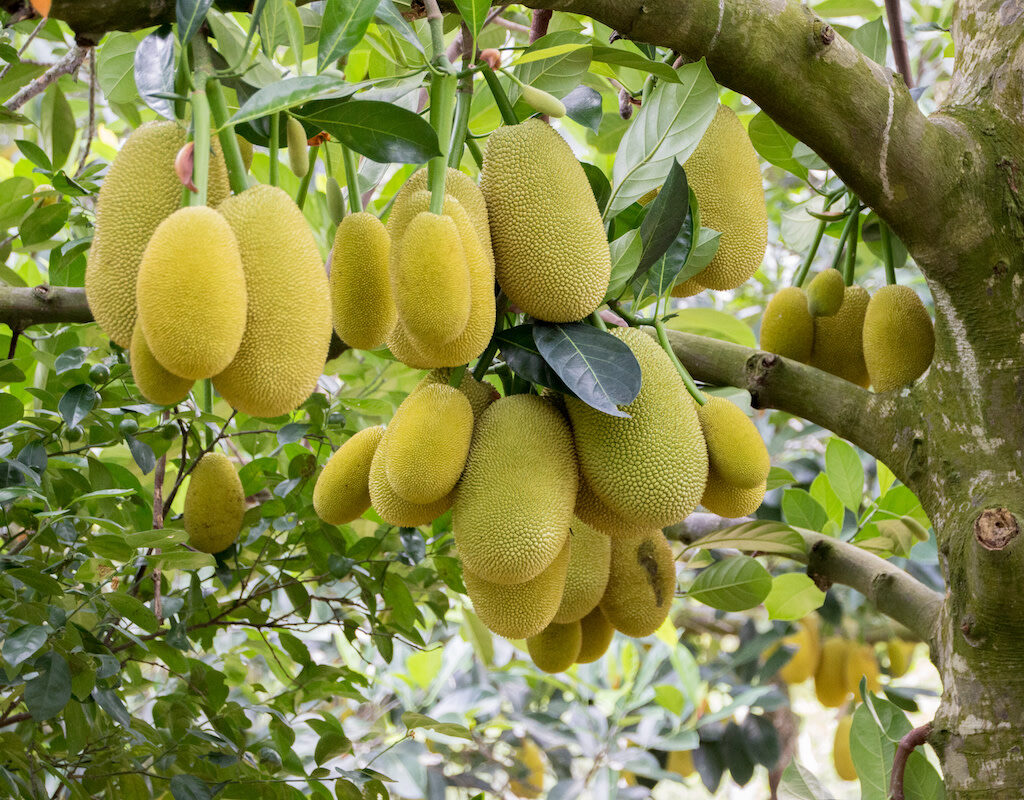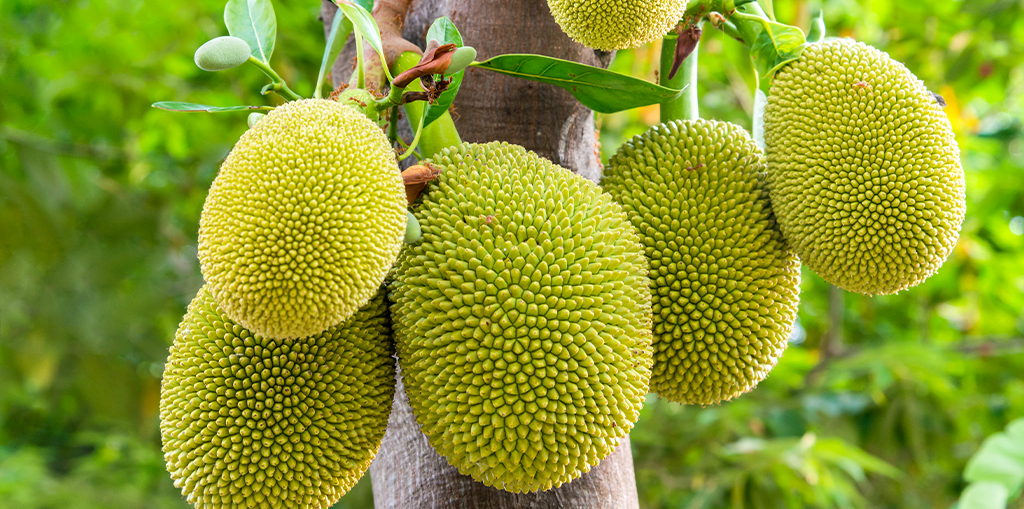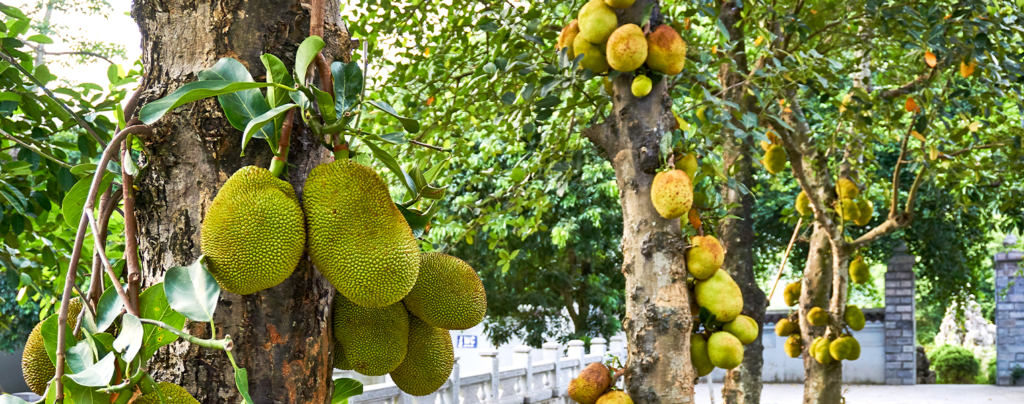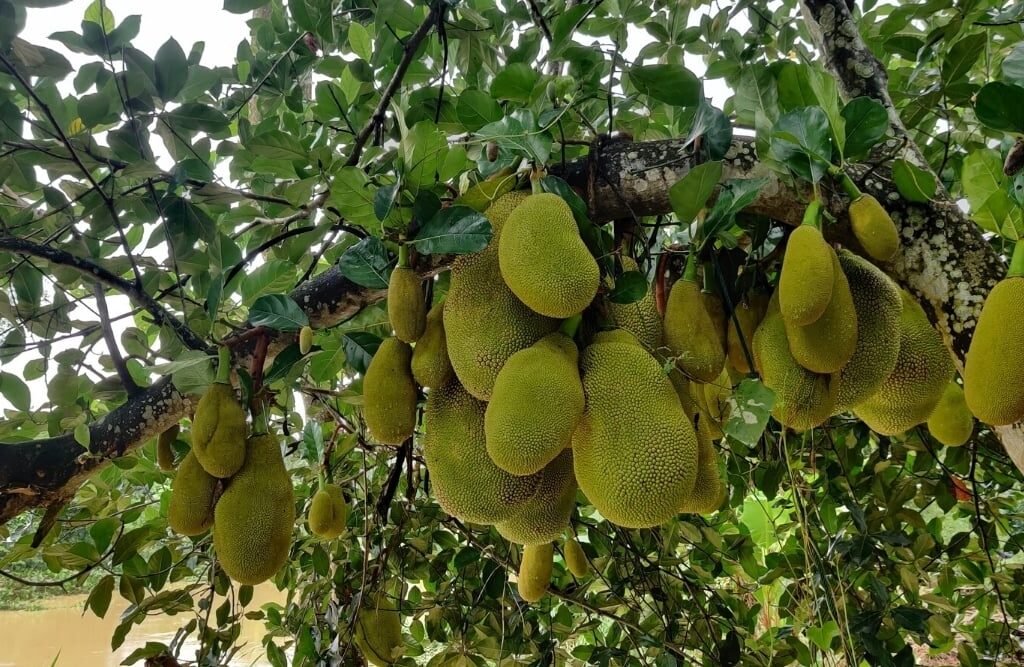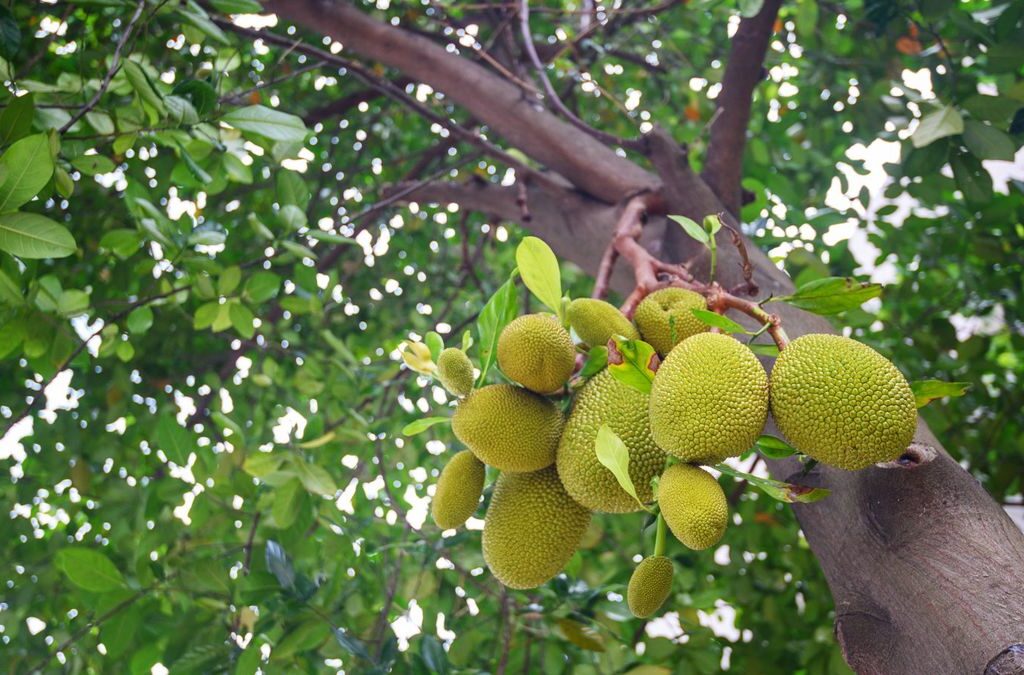If you’re dreaming of cultivating a fruit tree that’s both charming in appearance and yields irresistibly sweet, bite-sized pears, Seckel pears should be at the top of your list. Known as “sugar pears” for their naturally honeyed flavor, Seckel pears are a delightful, low-maintenance option for home orchards or backyard gardens. With their compact size, cold tolerance, and ornamental spring blossoms, these petite pears are perfect for gardeners seeking beauty and bounty in one package.
In this guide, we’ll walk you through everything you need to know to successfully grow Seckel pears in your backyard — from choosing the right planting site to harvesting those golden fruits.
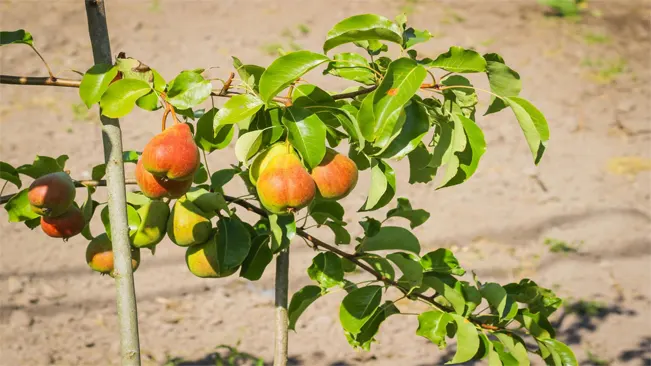
What Are Seckel Pears?
Seckel pears (Pyrus communis ‘Seckel’) are believed to be native to the United States and are often considered the only truly American pear variety. These small, round fruits have a russeted greenish-yellow skin with a red blush and are highly prized for their intensely sweet, spicy flavor.
The tree itself is compact, typically reaching 10–15 feet tall, making it a superb choice for small gardens and backyard orchards. Besides producing delectable fruit, Seckel pear trees put on a dazzling display of white blossoms in early spring and offer lush, glossy green foliage through summer.
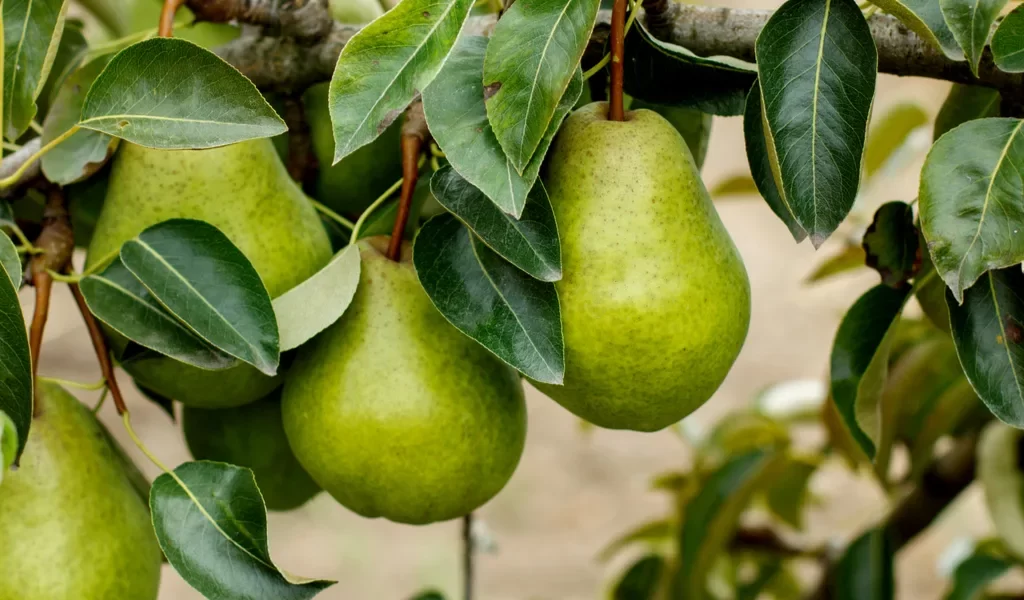
Choosing the Right Location
Like most fruit trees, Seckel pears thrive in sunny, well-drained locations. When selecting a site, consider the following:
- Sunlight: Aim for a spot that receives at least 6–8 hours of direct sunlight daily. This ensures healthy growth, abundant flowers, and sweet, fully ripened fruit.
- Soil: Seckel pears prefer loamy, well-drained soil with a slightly acidic to neutral pH of 6.0–7.0. Avoid planting in low-lying areas prone to waterlogging.
- Airflow: Good air circulation helps prevent fungal diseases such as fire blight, which can affect pear trees.
- Space: Allow at least 12–15 feet of spacing between trees to give them room to spread and grow.

When and How to Plant Seckel Pear Trees
Best Planting Time:
The ideal time to plant Seckel pear trees is early spring or late fall when the tree is dormant and soil is workable.
Planting Steps:
- Dig the Hole: Create a planting hole twice as wide and as deep as the root ball or bare-root system.
- Prepare the Soil: Mix in organic compost or aged manure to improve soil texture and fertility.
- Position the Tree: Place the tree in the hole so the graft union (the slightly swollen area above the roots) sits 2–3 inches above the soil line.
- Backfill and Water: Fill the hole with soil, gently tamp it down, and water thoroughly to eliminate air pockets.
- Mulch: Apply a 2–4 inch layer of organic mulch like wood chips or shredded bark around the base, keeping it a few inches away from the trunk.
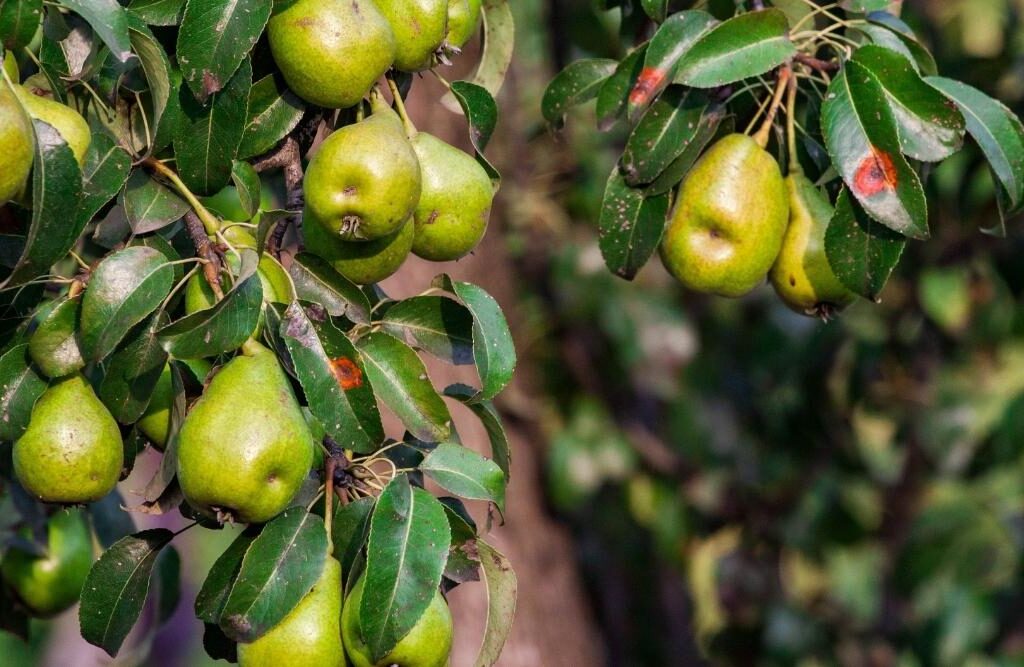
Caring for Seckel Pear Trees
1. Watering
- Young trees need consistent moisture — water deeply once a week during the first growing season.
- Mature trees are moderately drought-tolerant but benefit from regular watering, especially during dry spells or fruit development.
2. Fertilizing
- Use a balanced, slow-release fertilizer (10-10-10) in early spring.
- Avoid excessive nitrogen, which promotes leafy growth at the expense of fruit production.
3. Pruning
- Prune during late winter or early spring while the tree is dormant.
- Remove dead, damaged, or crossing branches.
- Maintain an open canopy shape for better light penetration and airflow.
4. Pollination
Although Seckel pears are partially self-pollinating, you’ll get a much better harvest if you plant another European pear variety like Bartlett or Anjou nearby for cross-pollination.
5. Pest & Disease Management
Common issues include:
- Fire blight: Prune affected areas immediately, disinfecting tools between cuts.
- Pear psylla and codling moths: Use horticultural oil in early spring and monitor for infestations.
Consider using organic practices like beneficial insects or neem oil to manage pests naturally.
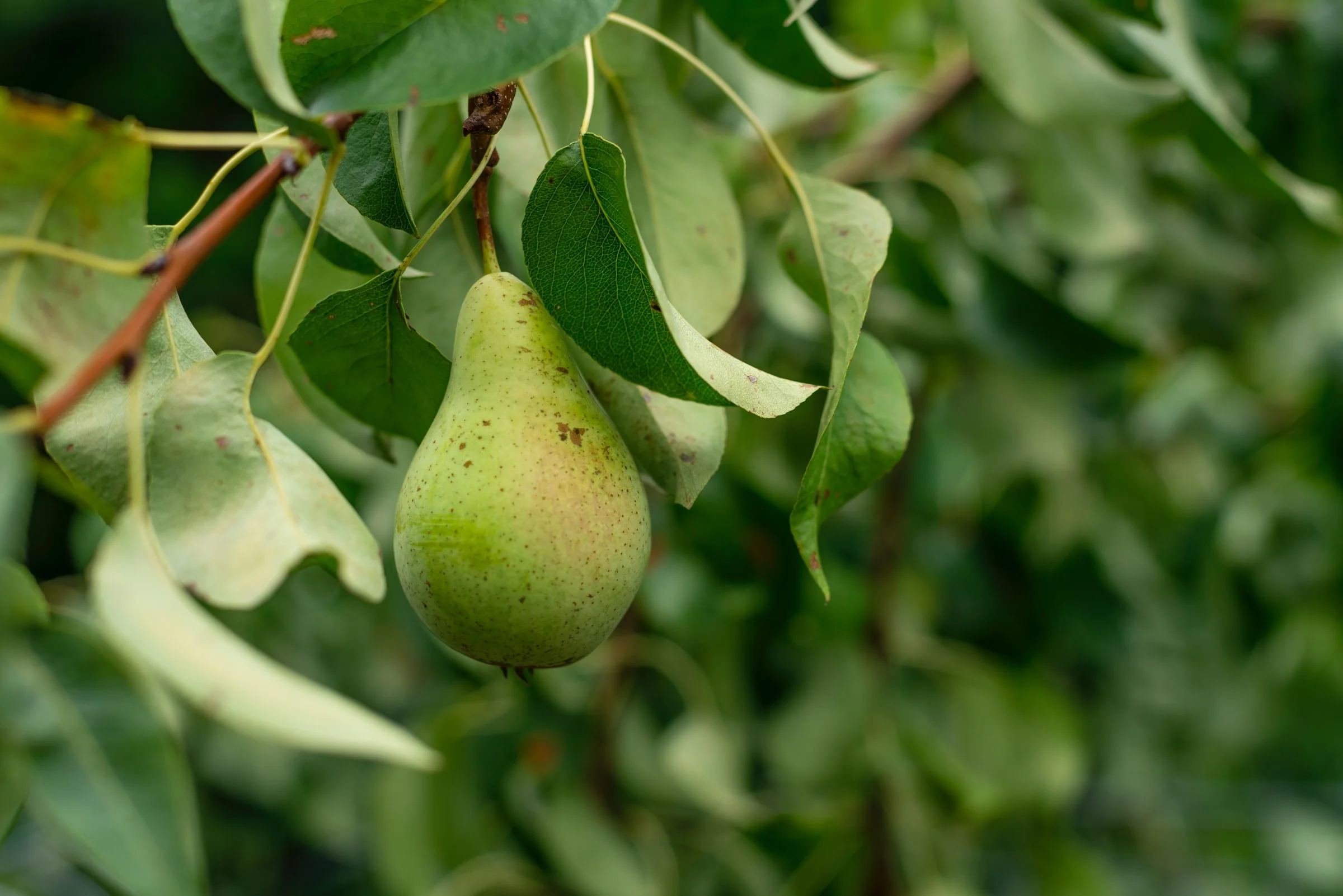
Harvesting Seckel Pears
Seckel pears typically ripen in late summer to early fall. Unlike many other fruits, pears are best harvested slightly underripe and allowed to ripen off the tree for optimal flavor and texture.
Signs It’s Time to Harvest:
- Pears turn from green to a yellow-green base with a warm blush.
- They easily detach from the branch when lifted and twisted.
- The neck near the stem yields slightly to gentle pressure.
After picking, store them at room temperature for 5–7 days to ripen, or refrigerate them to extend shelf life.
Benefits of Growing Seckel Pears
- Incredible Flavor: Intensely sweet, perfect for fresh eating, desserts, or preserving.
- Compact Size: Suitable for smaller yards and home gardens.
- Beautiful Ornamental Tree: Spring blossoms and glossy foliage.
- Cold Hardy: Tolerant to USDA zones 5–8.
- Low Maintenance: Requires minimal care once established.
Creative Uses for Seckel Pears
Once your tree starts producing, you’ll have a delicious harvest to enjoy. Here are some ways to savor them:
- Fresh snacks: Perfectly sized for lunchboxes or charcuterie boards.
- Poached pears: An elegant, simple dessert.
- Pear preserves and chutneys: Capture their sweetness for year-round enjoyment.
- Baking: Use in tarts, galettes, or upside-down cakes.
- Cider or perry: Home brewers can create unique beverages.
Final Thoughts
Adding a Seckel pear tree to your backyard garden is a rewarding experience for both novice and seasoned gardeners. With its manageable size, beautiful blossoms, and delectable fruit, it’s a multipurpose tree that adds charm and productivity to any outdoor space. By selecting the right site, providing attentive care, and following a simple pruning and feeding routine, you’ll enjoy seasons of sweet, homegrown pears straight from your backyard.

